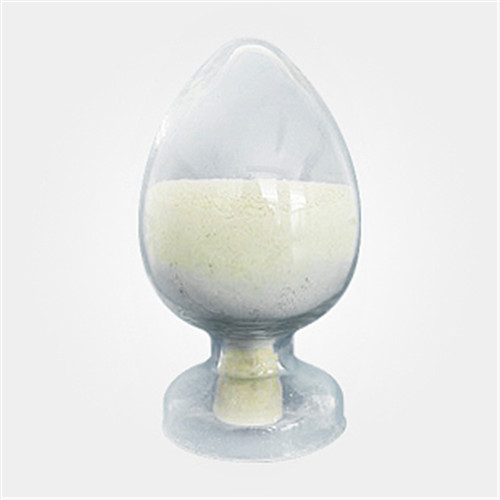| Message: | Product Name: Ranitidine HCL
CAS: 66357-35-5
EINECS: 266-332-5
MF: C13H22N4O3S
MW: 314.4038
Grade: Pharmaceutical Grade
Appearance: White Or Pale Yellow Crystalline Powder
Ranitidine is a histamine H2-receptor antagonist that inhibits stomach acid production. It is commonly used in treatment of peptic ulcer disease and gastroesophageal reflux disease. Ranitidine is also used alongside fexofenadine and other antihistamines for the treatment of skin conditions such as hives.
1)Relief of heartburn, acid indigestion, and sour stomach
2)Short-term and maintenance therapy of gastric and duodenal ulcers
3)Ranitidine can also be coadministered with NSAIDs to reduce the risk of ulceration. Proton-pump inhibitors (PPIs) are more effective for the prevention of NSAID-induced ulcers
4)Pathologic gastrointestinal (GI) hypersecretory conditions such as Zollinger-Ellison syndrome
5)Gastroesophageal reflux
6)Erosive esophagitis
7)Part of a multidrug regimen for H. pylori eradication to reduce the risk of duodenal ulcer recurrence
8)Recurrent postoperative ulcer
9)Upper GI bleeding
10)Prevention of acid-aspiration pneumonitis during surgery: Ranitidine can be administered preoperatively to reduce the risk of aspiration pneumonia. The drug not only increases gastric pH, but also reduces the total output of gastric juice. In a 2009 meta-analysis comparing the net benefit of proton pump inhibitors and ranitidine to reduce the risk of aspiration before anesthesia, ranitidine was found to be more effective than proton pump inhibitors in reducing the volume of gastric secretions.Ranitidine may have an antiemetic effect when administered preoperatively.
11)Prevention of stress-induced ulcers in critically ill patients. |
 my account
my account
 log out
log out
 my account
my account
 log out
log out
